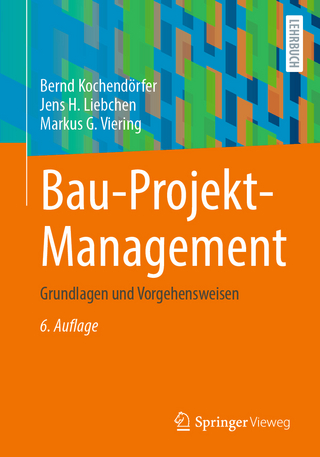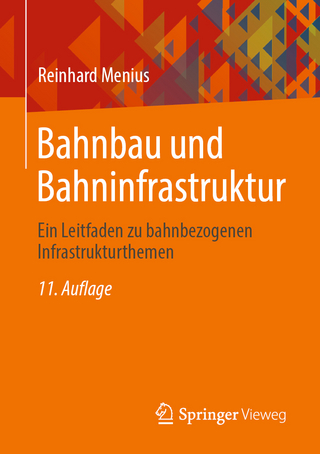
Cost Engineering for Pollution Prevention and Control
CRC Press (Verlag)
978-0-367-72415-3 (ISBN)
Environmental engineers work to increase the level of health and happiness in the world by designing, building, and operating processes and systems for water treatment, water pollution control, air pollution control, and solid waste management. These projects compete for resources with projects in medicine, transportation, education, and other fields that have a similar objective. The challenge is to make the investments efficient – to get the best project outputs with a minimum of inputs. Cost Engineering for Pollution Prevention and Control examines how to identify the best solution by judging alternatives with respect to some measure of system performance, such as total capital cost, annual cost, annual net profit, return on investment, cost-benefit ratio, net present worth, minimum production time, maximum production rate, minimum energy utilization, and so on.
Key Features:
Explains how to estimate preliminary costs, how to compare the life cycle costs of alternative projects, how to find the optimal balance between capital costs and operating costs.
Emphasis is placed on formulating the problem rather than on the mathematical details of how the calculations are done.
Provides numerous practical examples and case studies.
Includes end-of-chapter exercises dealing with water, wastewater, air pollution, solid wastes, and remediation projects.
The important concepts presented in this book can be understood by those students who have taken an introductory course in environmental engineering. Advanced knowledge of process design is not required. The material can also be utilized by engineers, managers, and others who would benefit from a better understanding of how engineers look at problems.
1. An Introduction to Cost Engineering. 2. Defining the Engineering Problem. 3.Planning for the Future. 4. Capital Cost Estimates. 5. Operating Costs. 6. Cost Indexes. 7. Economy of Scale. 8. The Time Value of Money. 9. Depreciation and Asset Valuation. 10.Financing Capital Costs. 11. Financial Management for Operations. 12. Utility Service Revenues and Rate Making. 13. Financial Management for Engineering Projects.14.Optimization of Linear Models. 15. Optimization of Nonlinear Problems. 16. Building and Fitting Statistical Models. 17. Experimental Methods for Engineering Optimization.18. Designing under Uncertainty. 19. Monte Carlo Simulation. 20. Designing for Safety and Reliability. 21. References and Recommended Reading. 22. Appendix A- Staged Construction for Linear Growth. 23. Appendix B – Economy of Scale Factors. 24. Appendix C - Factors for Economic Calculation. 25. Appendix D - Interpreting the LINGO Solution Report. 26. Appendix E – Generating Random Numbers in Excel. Index.
| Erscheinungsdatum | 22.08.2024 |
|---|---|
| Zusatzinfo | 332 Tables, black and white; 161 Illustrations, black and white |
| Verlagsort | London |
| Sprache | englisch |
| Maße | 178 x 254 mm |
| Gewicht | 870 g |
| Themenwelt | Technik ► Bauwesen |
| Technik ► Umwelttechnik / Biotechnologie | |
| ISBN-10 | 0-367-72415-4 / 0367724154 |
| ISBN-13 | 978-0-367-72415-3 / 9780367724153 |
| Zustand | Neuware |
| Informationen gemäß Produktsicherheitsverordnung (GPSR) | |
| Haben Sie eine Frage zum Produkt? |
aus dem Bereich


